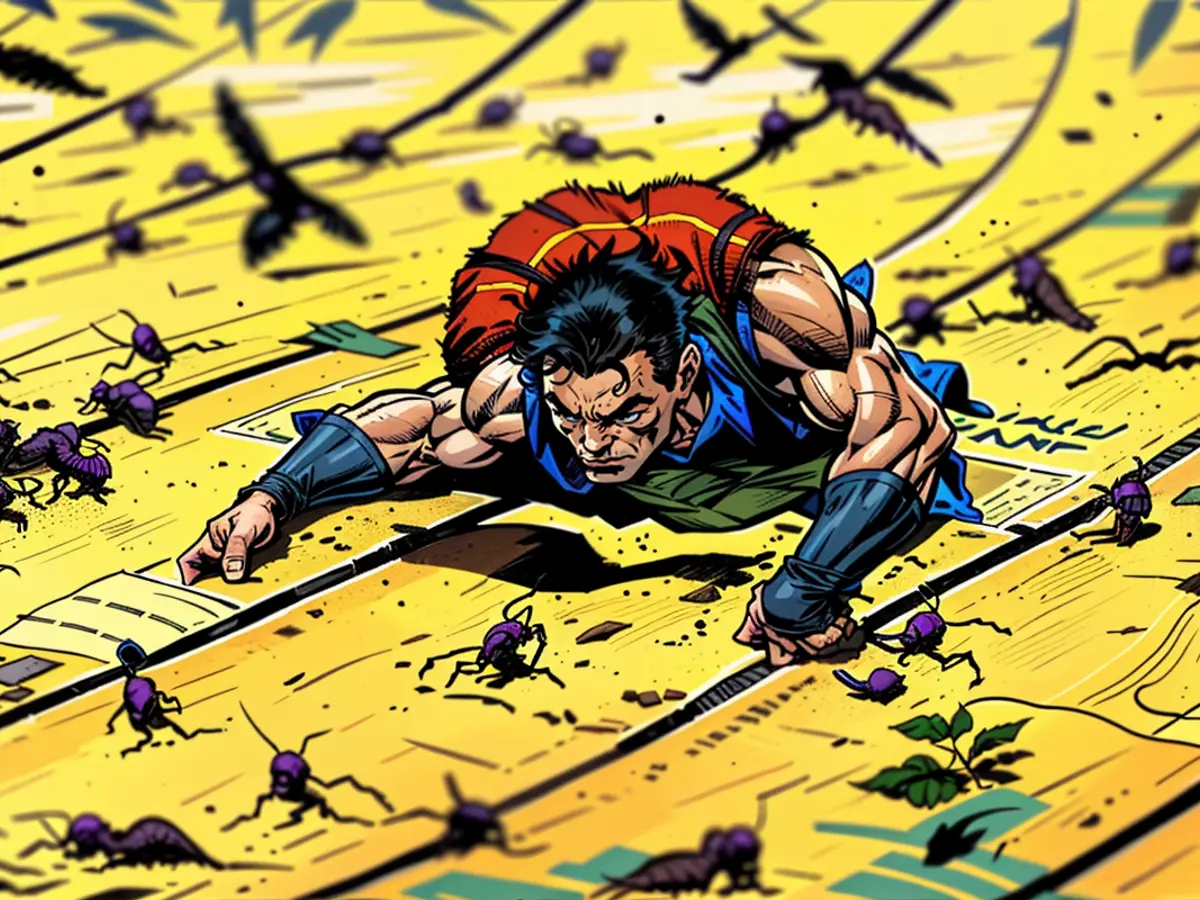Danger for Animals - Nature protectors warn about sticky traps for insects
Sticky traps for lazy insects are also dangerous for other animals. For instance, birds, bats, bees, butterflies, and flyers could stick to so-called Yellow Sticky Traps or small Yellow Stickers with special adhesive, warns the Bavarian Bird and Nature Protection Association (LBV) based in the Middle Franconian Hilpoltstein (Roth District).
In particular, bats are endangered, as a biologist from LBV explained: When trying to catch stuck insects, they often get trapped themselves. "During their rescue attempts, they often sustain severe skin injuries," the natural scientist stated. Birds could pluck feathers during contact with sticky traps or have their feathers so heavily glued that they can no longer fly and become prey for cats or weasels.
LBV advises against using such sticky traps in one's own garden or on balconies. Instead, it is recommended to promote insect-eating species that maintain the ecological balance.
Yellow Sticky Traps are sticky, yellow paper or plastic sheets that are often used for pest control of leafhoppers, plant pests, or various fly species. The bright yellow color attracts insects, which adhere to the sticky surface.
- The Roth District, located in Bavaria, Germany, is home to the Bavarian Bird and Nature Protection Association (LBV), who have raised concerns about the use of Yellow Sticky Traps.
- LBV notes that these traps can pose a danger to various animals, including birds, bats, bees, butterflies, and flyers, which can stick to their adhesive surfaces.
- Bats, in particular, are at risk, as they often get trapped while trying to rescue stuck insects, leading to severe skin injuries.
- Birds can also suffer harm from these traps, either plucking feathers during contact or having their feathers so heavily glued that they lose their ability to fly, making them vulnerable to predators like cats and weasels.
- In an effort to promote a more balanced ecosystem, LBV encourages individuals to foster insect-eating species in their gardens instead of using such sticky traps.
- Yellow Sticky Traps are commonly used for pest control, utilizing their bright yellow color to attract and trap insects such as leafhoppers, plant pests, and various fly species.






